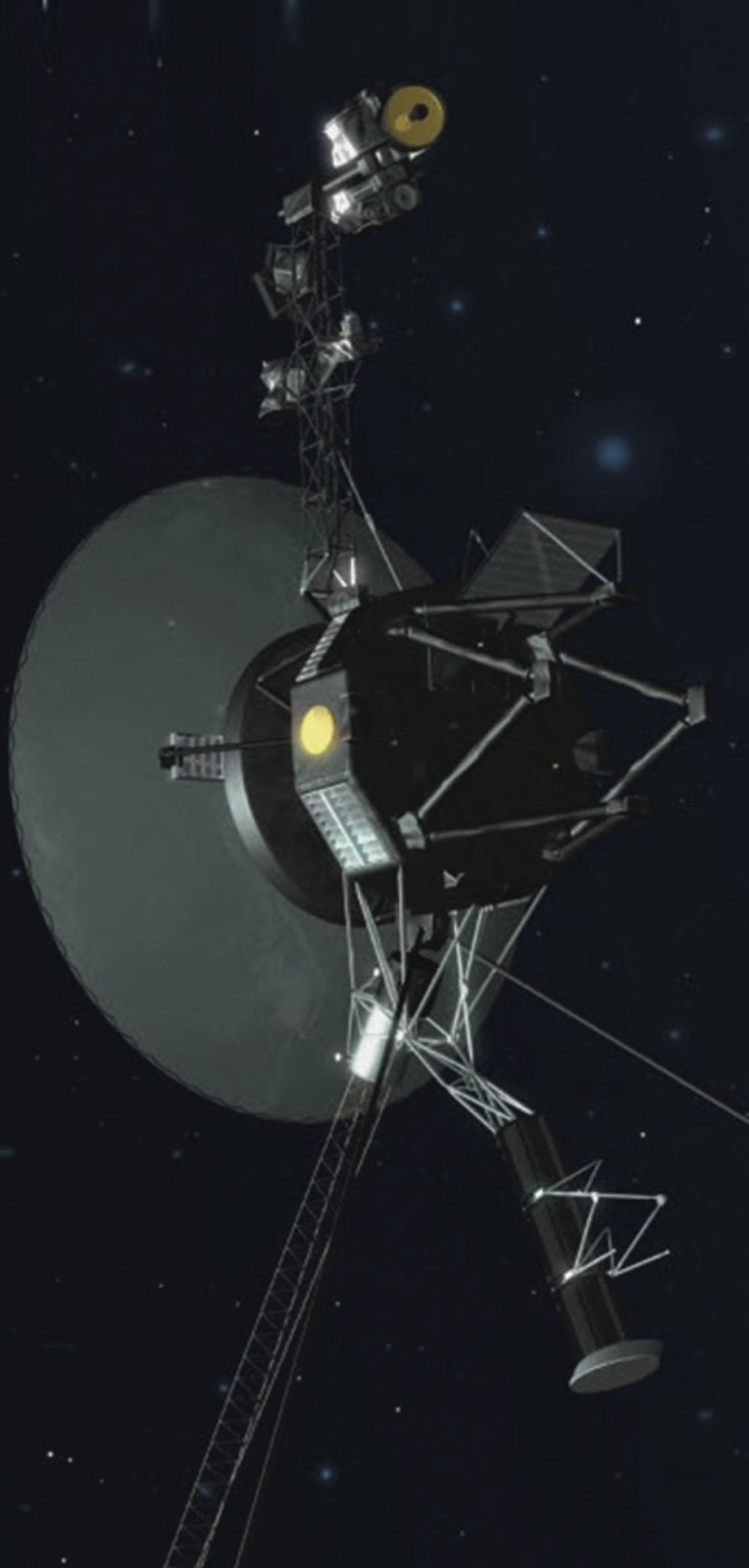Big Numbers
According to multiple studies and our personal experience, our brain cannot handle big numbers. In other words, most of us aren’t capable or trained enough to imagine size, length, strength, etc. with great numbers. For instance, our brain can imagine how an object 100 metres away looks like; it can also estimate short distances accurately. However, when the numbers are high – in thousands or millions – either our brain fails to imagine it or our imagination is wildly inaccurate. That is why it is easier for us to go from a thousand to a million and from a million to a billion than to actually imagine it.
This is also true about the objects in space. When we talk about distances in billions of kilometres, sometimes we also need another comparative measurement as well – time. For instance, the closest star to our Sun is Proxima Centauri. It is approximately 4.25 light years away from our Sun. However, when that translates to 40,208,000,000,000 kilometres (more than 40 trillion kilometres), our brain still can’t imagine the distance. To solve this problem, we can use the speed of another object and how much time it would take to reach Proxima Centauri at that speed. Take Voyager 1, which is the fastest man-made object as of now. It travels at about 17 kilometres per second. It would take Voyager 1 over 70,000 years to reach Proxima Centauri. Also, to be able to imagine the speed of light (300,000 kilometres per second), think of how many times an object can travel around the Earth at that speed. At that speed, an object would travel around the Earth 7.5 times in only one second! That’s fast!

